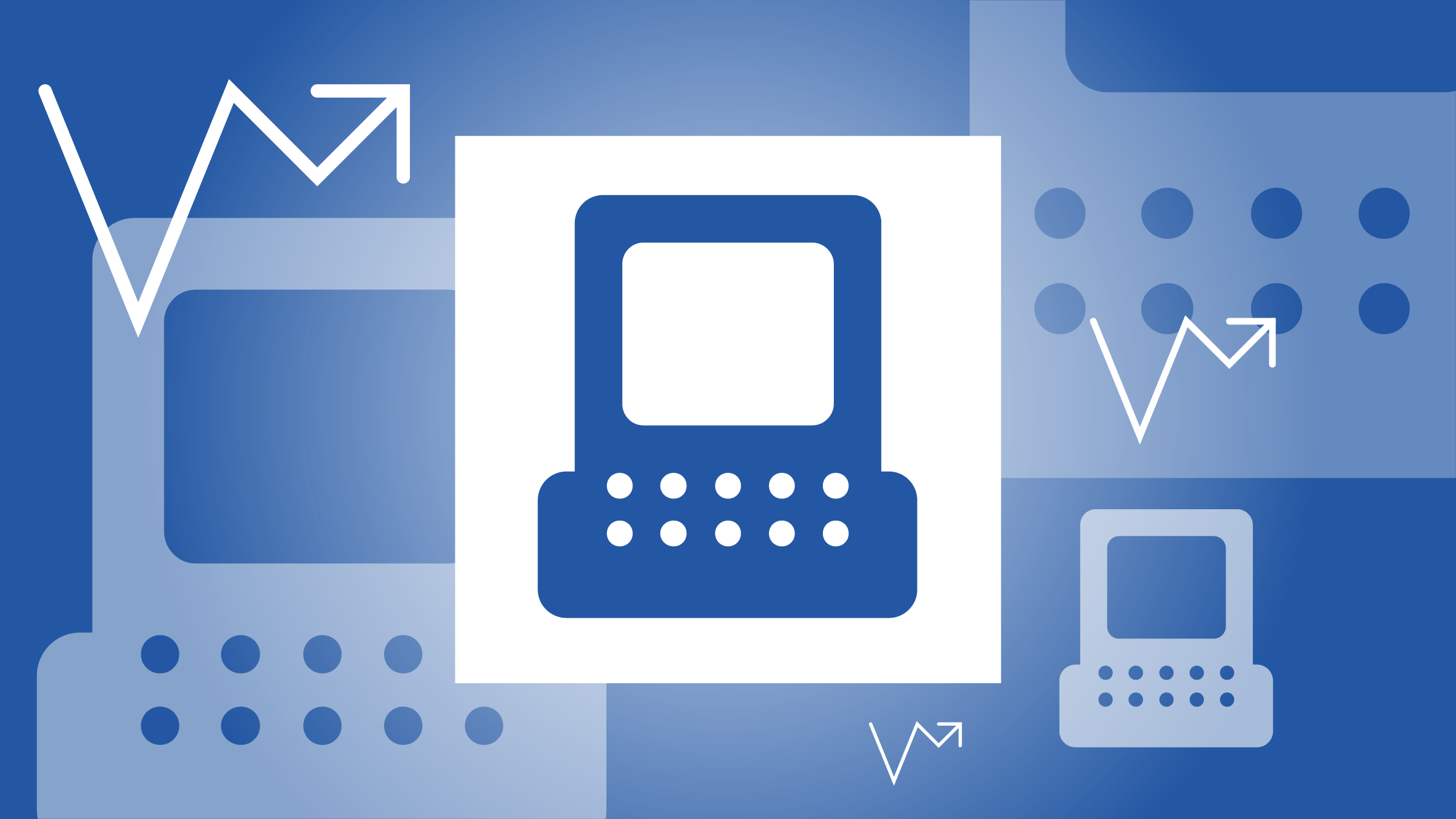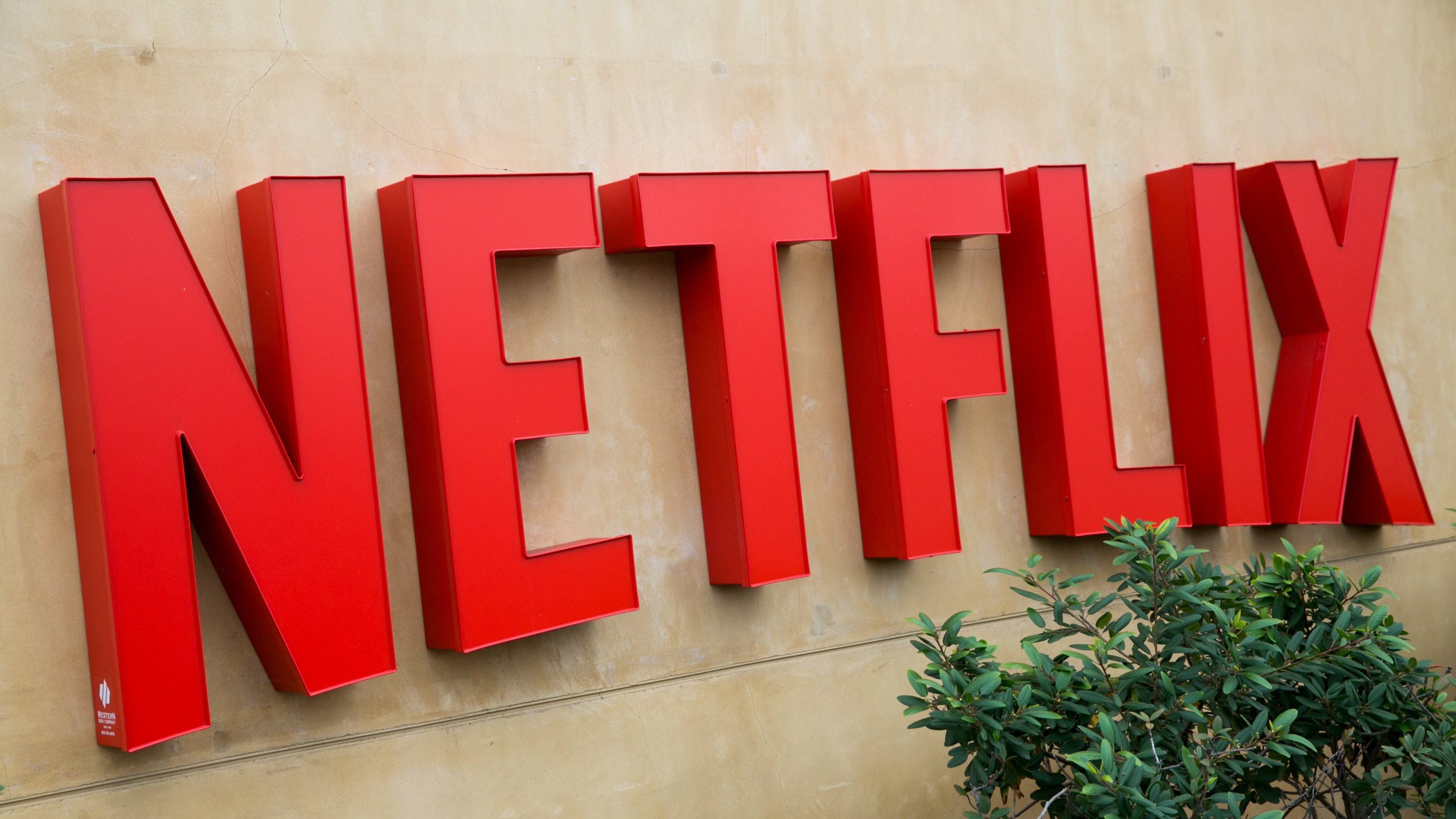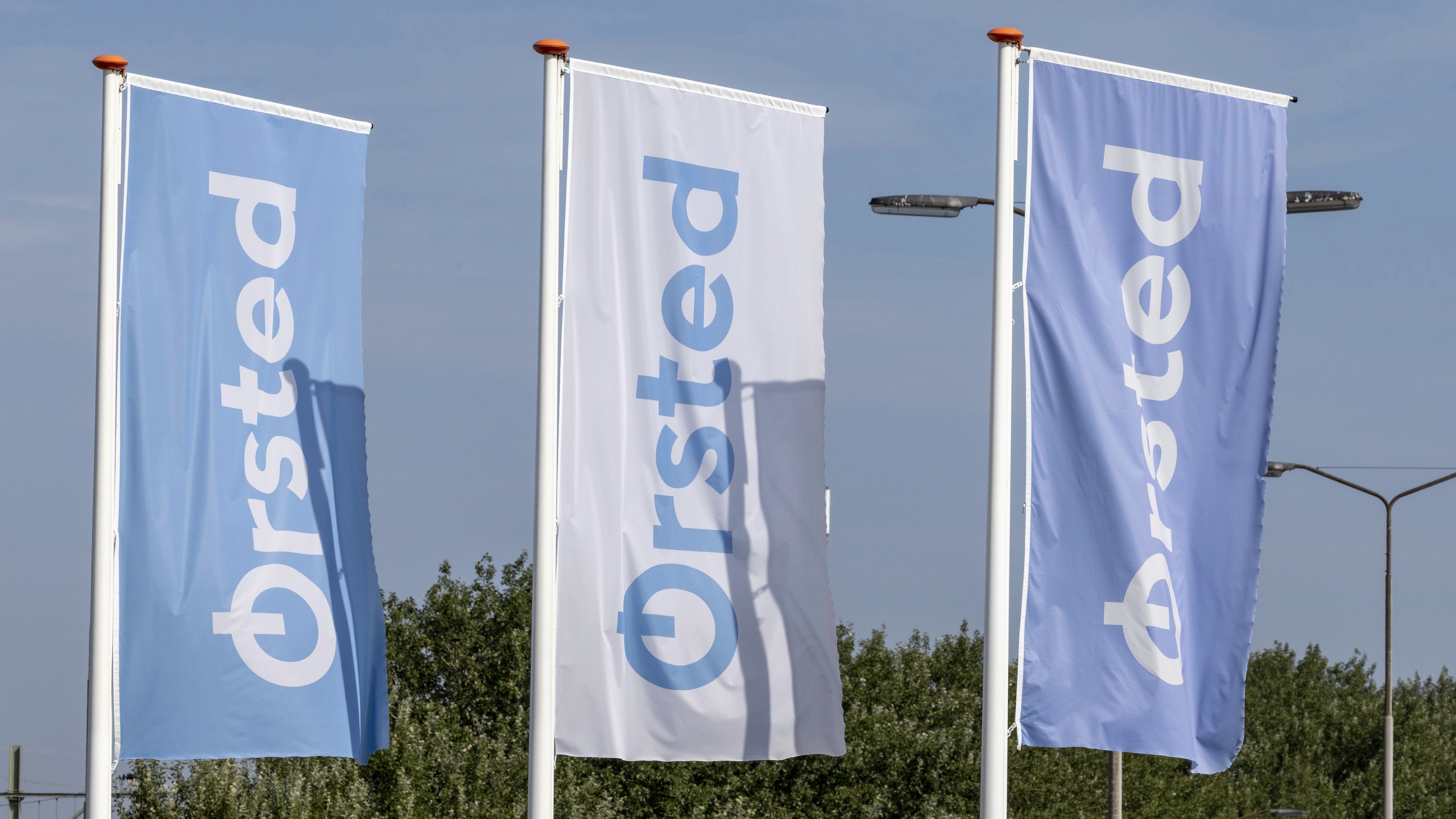Note: Pat Dorsey is the former director of equity research at Morningstar. He is now the president of Sanibel Captiva Investment Advisers.
Jason Stipp: I'm Jason Stipp for Morningstar. If you're watching this, you know that dividends have been a hot, hot, hot topic on Morningstar.com, but given such a popular asset class, how can we invest smarter and better among dividend-payers? Here with me to offer some tips is Sanibel Captiva Investment Advisers President Pat Dorsey.
Pat, thanks for joining me.
Pat Dorsey: Dividends are so hot, they are smoking.
Stipp: They are smoking. Readers can't get enough about dividends, but we want to make sure that they are thinking the right way about dividend payers and moving into the market in a way that will hopefully benefit their portfolios.
I think one of the biggest questions that we have, first of all, when we see such a popular area of the market is, given that so many people have such interest here, are there really any opportunities? How do you think about dividend payers?
Dorsey: Well, I think the thing is to think about it--and of course, Josh Peters talks about this all the time--make sure you're thinking about the dividend growth as an addition to the current yield, because in my experience the dividend growth gets undervalued, current yield gets overvalued--because the current yield is something people can see. They can screen on it very easily and say, "Man! That's an 8% yielding stock! Or a 6% yielding stock!" And they go and pile into it, not realising either the safety of that dividend or the fact that it may only be growing at 1% per year, not even beating inflation.
Thinking about dividend growth requires thinking about the quality of the business: Can it raise prices? Can it grow over time? Thinking about management's capital allocation policy: What's their mindset towards dividends? Do they plan to raise the payout ratio, the proportion of earnings that are paid out in dividends, over time? It requires a little bit more work, and that I think is why it's often more undervalued.
Stipp: So, Pat, if we look at those two sets, first, the current yield payers. ... Let's just assume that we'll look at a set that's pretty stable, where you can expect that they'll be able to just pay out that dividend as they have been. It's considered the safer bets, perhaps, and as we've said before, those safe stories are actually kind of bid up in the market?
Dorsey: Yes, especially in utilities. For example, Southern Company--which is a wonderful, very, very well-run utility--is currently yielding 4.5%-5%. It's trading at about 15 times earnings. This is a business that's grown earnings per share 2%-3% compound over the past decade. I mean, it's a utility; they just don't grow that much. So, paying a 15 times [multiple] seems rather rich to me.
Utilities were up 20% last year, the best-performing asset class in the market by a long [stretch]. ... That tells me that people are chasing those current yields without really thinking about perhaps the risk embedded in the share price--so, of course, a high valuation means that you have some risk there--and also not thinking about future dividend growth. If you're only raising your dividend at 1% per year, it's not doing its job in protecting your purchasing power.
Stipp: Utilities up 20% in a year when the broad market was flat also an important thing to consider.
So, let's assume that we want to, then, take this a step further and sharpen our pencils and try to find some of these dividend growth stories.
When you're looking at companies, how do you know? You see a yield that looks maybe OK, but not that great right now. How do you know if there is an opportunity for that to grow?
Dorsey: I think there are a couple of ways. One is, you just look at the track record: What's management's track record of raising dividends over time? One example would be--a simple one--BlackRock. BlackRock is an asset manager, but they have raised the dividend at a compound annual rate of about 20% for the past five years. You don't think of an asset manager as a big dividend payer, but that's a pretty good commitment to the dividend. So looking at that, I think, actions speak louder than words.
Looking at the payout ratio. Does it have room to move up over time? The payout ratio is a proportion of earnings that are paid out as dividends.
Then just thinking about the quality of the business. If you are investing in, say, Kimberly-Clark, and this is a business that has really struggled to maintain its pricing power, trading down from Kleenex to Target brand tissue paper is pretty easy to do. They've really struggled over the past decade to keep pricing ahead of inflation, and so that's the kind of company that's unlikely to be a good dividend growth story in the future, even if its track record in the past has been quite consistent.
Stipp: Certainly, the pricing power and what we call the "economic moat" are very important to pay attention to there.
You mentioned BlackRock. Are there any other ideas where you think there could be some growth that's just waiting to be unlocked in that dividend.
Dorsey: One is kind of right under everybody's nose, and that's General Electric. It's the company everybody loves to hate right now, because basically Jack Welch left when the stock was 40-45 times earnings, handed it over to Jeff Immelt and said “have fun”. And at 40 times earnings, it's quite a headwind. And of course, Immelt did not shrink the financial side of the business as fast as he should have. They had to cut the dividend, and disappointed a lot of people.
Stipp: ...I was going to say, GE does not necessarily have that great dividend record considering what we saw happen to them in the financial crisis.
Dorsey: No, no exactly. So, the track record is not there, but the commitment to getting it back is there. And you've seen, both in terms management's words and in terms of their actions, the dividend since they reinstated it, has been rising almost every quarter at a very, very good clip, currently yields 3.5%, and I think that that dividend continuing to increase probably at a high-single-digit rate seems pretty darn reasonable to me.
Stipp: And you mentioned that utilities are not in that group that you are going to see a lot of growth from. But what about the pipelines? This is an area where I know our readers have a lot of interest.
Dorsey: The MLPs typically do a very good job at raising their dividends over time, especially the ones that are in, say, refined products, tend do a better job as opposed to the propane distributors, which are more sort of very slow growers, but good yields.
The one I would look at, though, would be KMI, Kinder Morgan Inc., and this is actually not an MLP. So, it's a traditional C-corp. You can own it in any kind of account you want without any tax issues cropping up, but it's the general partner of Kinder Morgan Partners, which is largest pipeline network in United States. It yields about 3.8% right now, but because of the acquisition of El Paso they did last fall, they should be able to grow that dividend at a 10%-plus rate, which is absolutely phenomenal when you think about total return potential of a ... 3.7% yield and a 10% growth rate.
And again, that's one I think is being undervalued because KMI has only been public for about five quarters. So you don't have this 25-year track record to go back to. But what you do have is a CEO who is paid $1, and so his income only goes up if the distribution goes up. You've got a verbal commitment to raising the dividend, and you've seen the dividend go up very, very nicely over time. This is a company that actually publishes its annual budget every year on the web and says "OK, here are the numbers we're going to hit," and in 11 of the past 12 years, they have hit them.
Stipp: Definitely some very interesting ideas worthy of further investigation.
A couple of [dividend] headwinds that have been on my mind that I'm wondering how investors should think about. The first one is rising rates. What would a rising rate environment mean to dividend payers? Couldn't it hurt them?
Dorsey: I think the ones it would have hurt are the ones that are sort of bond substitutes. You might think of, say, a utility: Very, very stable, not growing much but a good yield--Southern is an example--as being fungible [or] interchangeable with bonds in a portfolio. So if you get better yields on bonds, it's possible you could see people selling utilities and buying bonds instead.
I think that's much less likely with a Johnson & Johnson or Diageo or General Electric, because those play a different role in a portfolio than bonds do. So if rates go up, I couldn't see those dividend growth stories being sold down to buy bonds.
Stipp: If they have the economic moat and they have the pricing power and some of the other business advantages, they should be able to continue to grow that and overcome those headwinds.
What about the tax environment? We know there is some uncertainty about how dividends might be taxed? If we go this year and Congress doesn’t take any action, dividends may again be taxed at the ordinary income tax rate. Might people dump some of their dividend payers because they are worried about that tax burden?
Dorsey: Well, where else would they get the income? This would be my question. Yes, nobody likes paying higher taxes, and so the tax rate may go up. But let's say you sell your dividend paying stock now because you think you're going to pay more taxes on these dividends. Well, to get that income, you could buy bonds, which are yielding less, and where you'll still pay ordinary income rates on. So where do you go. I'm not sure it would cause a massive change in investor behaviour. And also, we don't even know if it's going to happen. And finally, I've never seen a good investment decision made by putting taxes first. Taxes are part of every consideration in investing, but letting the tax tail wag the investment dog is rarely, rarely a good idea.
Stipp: All right, Pat. Thanks for putting some very thoughtful framework around this hot topic among investors and for joining me today.
Dorsey: Thanks so much.
Stipp: For Morningstar, I'm Jason Stipp. Thanks for watching.

























